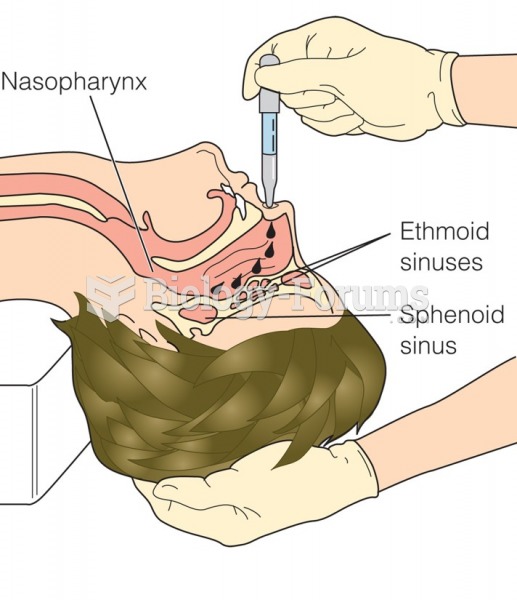Answer to Question 1
Correct Answer: 1,2,3
Rationale 1: Facility rules, policies, and procedures are in place to minimize medication errors.
Rationale 2: Facility rules, policies, and procedures are in place to ensure that positive client identification occurs prior to medication administration.
Rationale 3: Facility rules, policies, and procedures ensure accurate documentation.
Rationale 4: Facility rules, policies, and procedures do not hold nurses accountable for medication errors; the risk management department will determine factors responsible for these errors.
Rationale 5: Facility rules, policies, and procedures do not determine which medication errors are preventable; they are in place to prevent errors from occurring.
Global Rationale: Facility rules, policies, and procedures are in place to minimize medication errors; to ensure that positive client identification prior to medication administration; and to guide accurate document. They are not in place to hold nurses accountable for medication errors or to determine which medication errors are preventable.
Answer to Question 2
Correct Answer: 1,2,3,4
Rationale 1: Risk management personnel investigate reported incidents to determine the cause or causes for medication errors.
Rationale 2: Risk management personnel use data from incident reports to recommend strategies that may decrease medication errors.
Rationale 3: Risk management personnel use the information from incident reports to identify common factors that increase the risk for medication errors.
Rationale 4: Risk management personnel recommend strategies to decrease medication errors based on information gained during the investigation.
Rationale 5: Risk management personnel use data from the investigation to recommend strategies to prevent medication errors, not to report nurses to the nursing board.
Global Rationale: Risk management personnel investigate reported incidents to determine the cause or causes for medication errors; use data from incident reports to recommend strategies that may decrease medication errors; use the information from incident reports to identify common factors that increase the risk for medication errors; recommend strategies to decrease medication errors based on information gained during the investigation. Risk management personnel use data from the investigation to recommend strategies to prevent medication errors, not to report nurses to the nursing board.







